Consider the seed

The conservation of plant genetic diversity through germplasm conservation is a key component of global climate-change adaptation efforts. Germplasm banks like the maize and wheat collections at the International Maize and Wheat Improvement Center (CIMMYT) may hold the genetic resources needed for the climate-adaptive crops of today and tomorrow.
But how do we ensure that these important backups are themselves healthy and not potential vectors of pest and disease transmission?
This was the question that animated “Germplasm health in preventing transboundary spread of pests and pathogens,” the second webinar in Unleashing the Potential of Plant Health, a CGIAR webinar series in celebration of the UN-designated International Year of Plant Health.
“Germplasm refers to the source plants of either specific cultivars or of unique genes or traits that can be used by breeders for improved cultivars,” program moderator and head of the Health and Quarantine Unit at the International Potato Center (CIP) Jan Kreuze explained to the event’s 622 participants. “If the source plant is not healthy, whatever you multiply or use it for will be unhealthy.”
According to keynote speaker Saafa Kumari, head of the Germplasm Health Unit at the International Center for Agricultural Research in the Dry Areas (ICARDA), we know of 1.3 thousand pests and pathogens that infect crops, causing approximately $530 billion in damages annually. The most damaging among these tend to be those that are introduced into new environments.
Closing the gap, strengthening the safety net
The CGIAR has an enormous leadership role to play in this area. According to Kumari, approximately 85% of international germplasm distribution is from CGIAR programs. Indeed, in the context of important gaps in the international regulation and standards for germplasm health specifically, the practices and standards of CGIAR’s Germplasm Health Units represent an important starting point.
“Germplasm health approaches are not necessarily the same as seed and plant health approaches generally,” said Ravi Khaterpal, executive secretary for the Asia-Pacific Association of Agricultural Research Institutions (APAARI). “Best practices are needed, such as CGIAR’s GreenPass.”
In addition to stronger and more coherent international coordination and regulation, more research is needed to help source countries test genetic material before it is distributed, according to Francois Petter, assistant director for the European and Mediterranean Plant Protection Organization (EPPO). Head of the CGIAR Genebank Platform Charlotte Lusty also pointed out the needed for better monitoring of accessions in storage. “We need efficient, speedy processes to ensure collections remain healthy,” she said.
Of course, any regulatory and technological strategy must remain sensitive to existing and varied social and gender relations. We must account for cultural processes linked to germplasm movement, said Vivian Polar, Gender and Innovation Senior Specialist with the CGIAR Research Program on Roots, Tubers and Bananas (RTB). Germplasm moves through people, she said, adding that on the ground “women and men move material via different mechanisms.”
“The cultural practices associated with seed have to be understood in depth in order to inform policies and address gender- and culture-related barriers” to strengthening germplasm health, Polar said.
The event was co-organized by researchers at CIP and the International Institute of Tropical Agriculture (IITA).
The overall webinar series is hosted by CIMMYT, CIP, the International Food Policy Research Institute (IFPRI), IITA, and the International Rice Research Institute (IRRI). It is sponsored by the CGIAR Research Program on Agriculture for Nutrition (A4NH), the CGIAR Gender Platform and the CGIAR Research Program on Roots, Tubers and Bananas (RTB).
The third of the four webinars on plant health, which will be hosted by CIMMYT, is scheduled for March 10 and will focus on integrated pest and disease management.
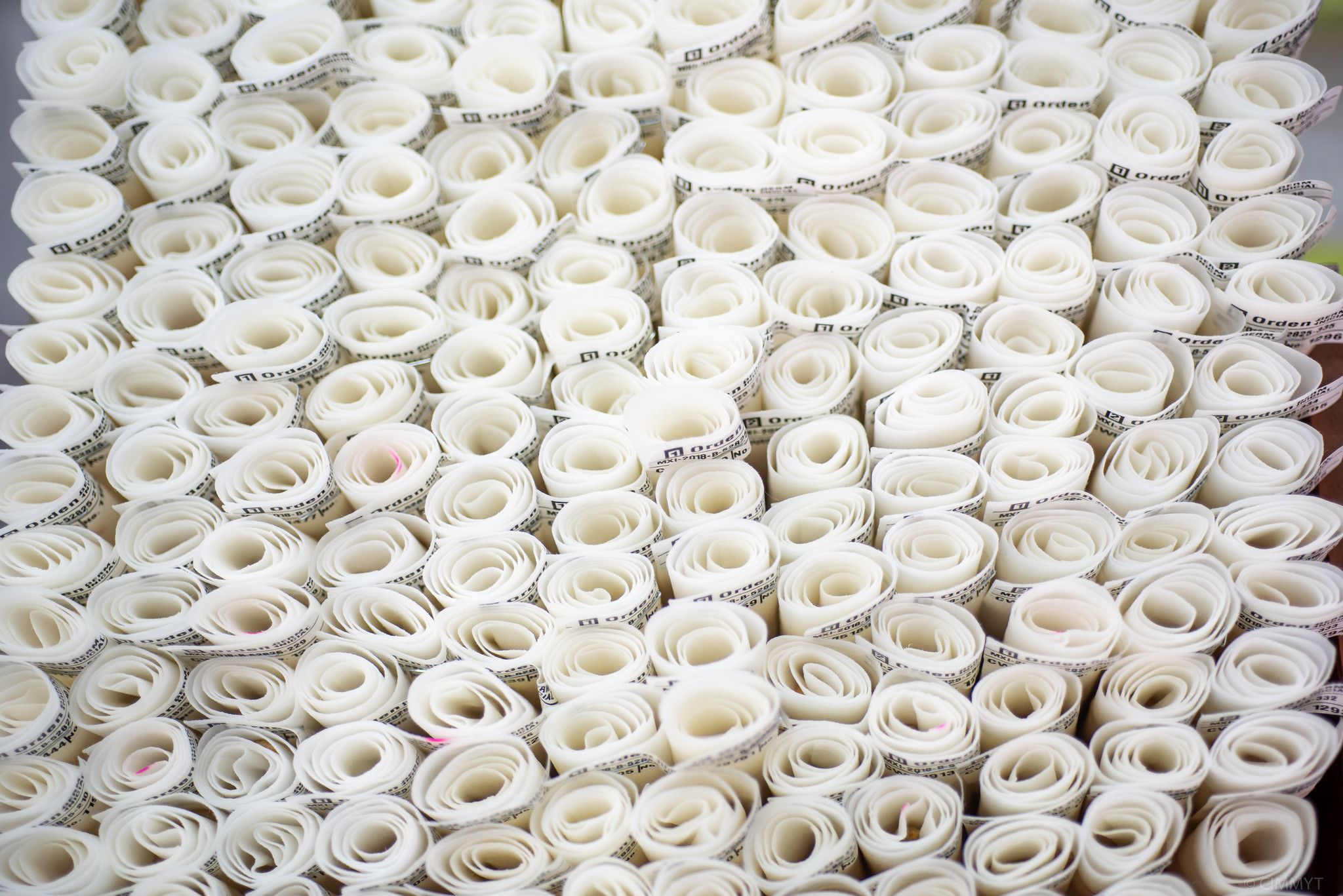
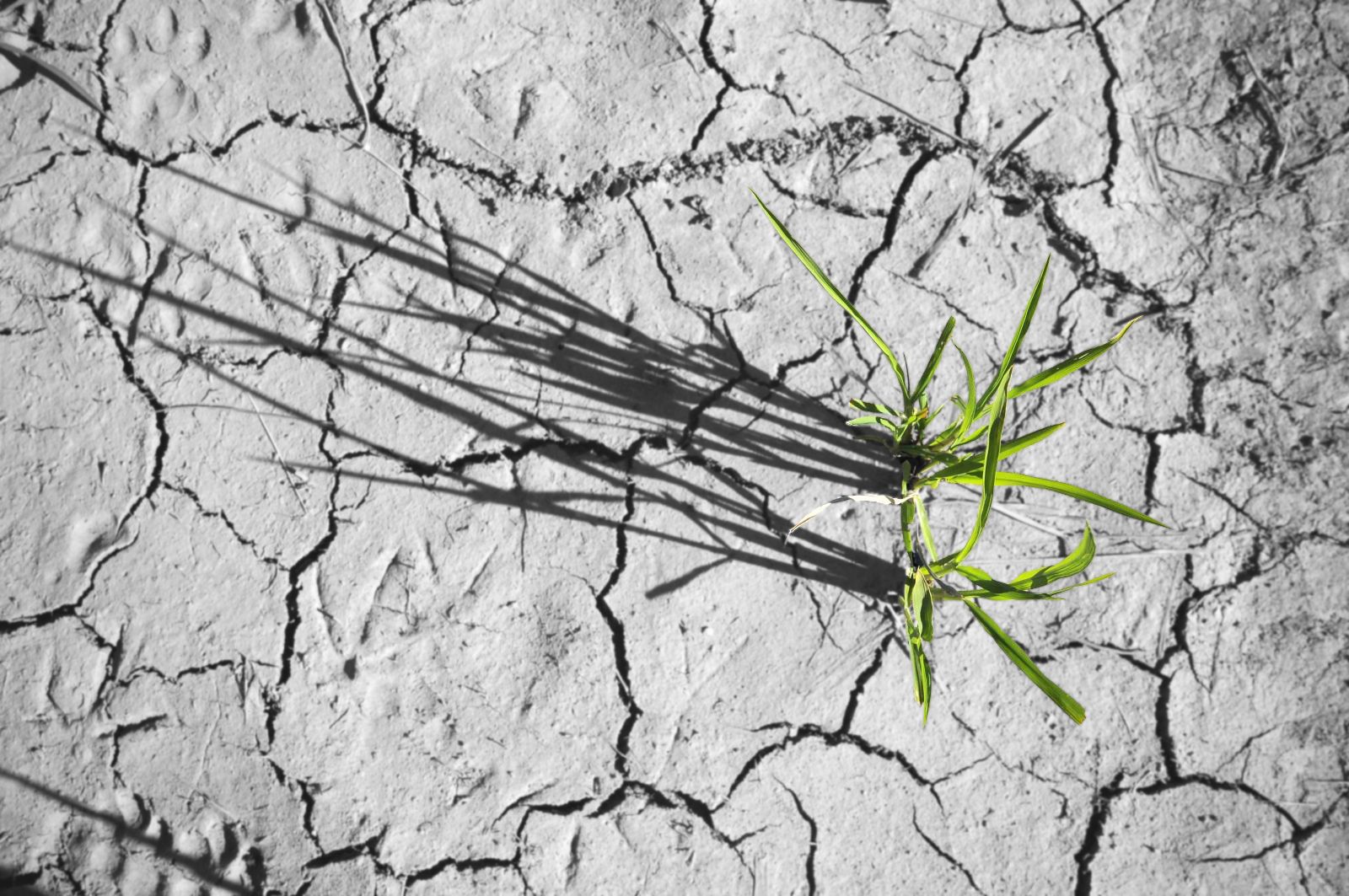


 The UN has designated 2020 as the International Year of Plant Health. CGIAR Centers have significant scientific knowledge, extensive experience on the ground, and thought leadership that they can lend to the global discussion to advance awareness, collaboration, and scaling of needed interventions.
The UN has designated 2020 as the International Year of Plant Health. CGIAR Centers have significant scientific knowledge, extensive experience on the ground, and thought leadership that they can lend to the global discussion to advance awareness, collaboration, and scaling of needed interventions.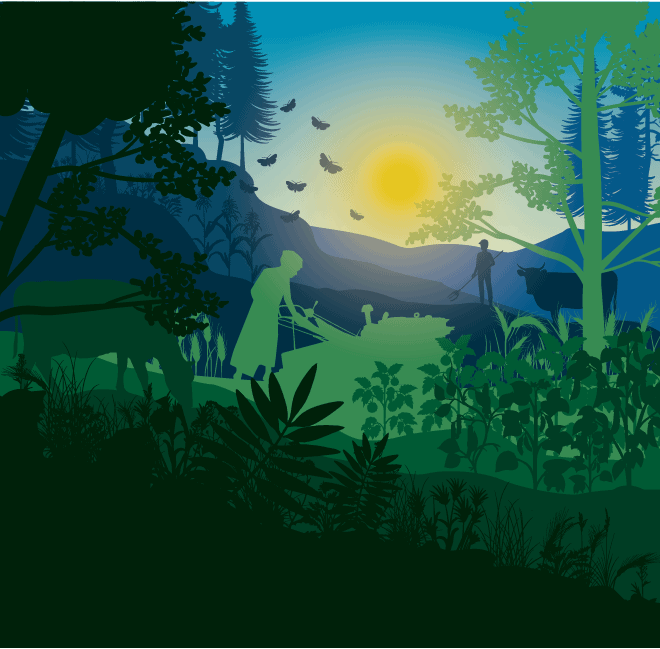 Webinar 1 will discuss the anticipated impacts of climate change on plant health in smallholder systems, tackling how the occurrence, intensity, and frequency of biotic and abiotic stresses will change as a function of climate change. It will provide participants with information on the negative effects on plant health, in relation to food security, nutrition, environment, gender, and livelihoods, as well as on the role of research in providing support to global efforts to mitigate or adapt to climate change challenges for plant health.
Webinar 1 will discuss the anticipated impacts of climate change on plant health in smallholder systems, tackling how the occurrence, intensity, and frequency of biotic and abiotic stresses will change as a function of climate change. It will provide participants with information on the negative effects on plant health, in relation to food security, nutrition, environment, gender, and livelihoods, as well as on the role of research in providing support to global efforts to mitigate or adapt to climate change challenges for plant health. 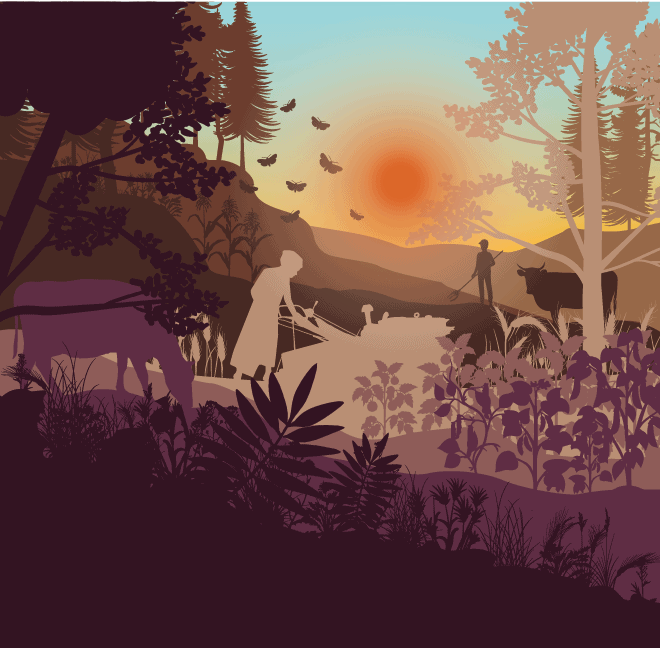 Webinar 2 will highlight the importance of germplasm (phytosanitary) health in the prevention of transboundary pest and disease spread, as well as the propagation of clean planting material to be used locally. Experts will discuss the implications of poor germplasm practices on agricultural and food system sustainability, farmer livelihoods, and food and nutrition security. They will also examine how opportunities for greater workplace diversity in germplasm health hubs and gender-responsive programming could drive more inclusive sustainable development.
Webinar 2 will highlight the importance of germplasm (phytosanitary) health in the prevention of transboundary pest and disease spread, as well as the propagation of clean planting material to be used locally. Experts will discuss the implications of poor germplasm practices on agricultural and food system sustainability, farmer livelihoods, and food and nutrition security. They will also examine how opportunities for greater workplace diversity in germplasm health hubs and gender-responsive programming could drive more inclusive sustainable development.  Webinar 3 examines integrated approaches for sustainable management of transboundary diseases and crop pests and their implications for agri-food system sustainability, social inclusion and gender equity. Drawing on both successes and enduring challenges, experts will identify the potential benefits of more gender-responsive approaches to pest and disease control; more coordinated action by national, regional and global organizations; and lessons to be learned from successful animal health management.
Webinar 3 examines integrated approaches for sustainable management of transboundary diseases and crop pests and their implications for agri-food system sustainability, social inclusion and gender equity. Drawing on both successes and enduring challenges, experts will identify the potential benefits of more gender-responsive approaches to pest and disease control; more coordinated action by national, regional and global organizations; and lessons to be learned from successful animal health management. 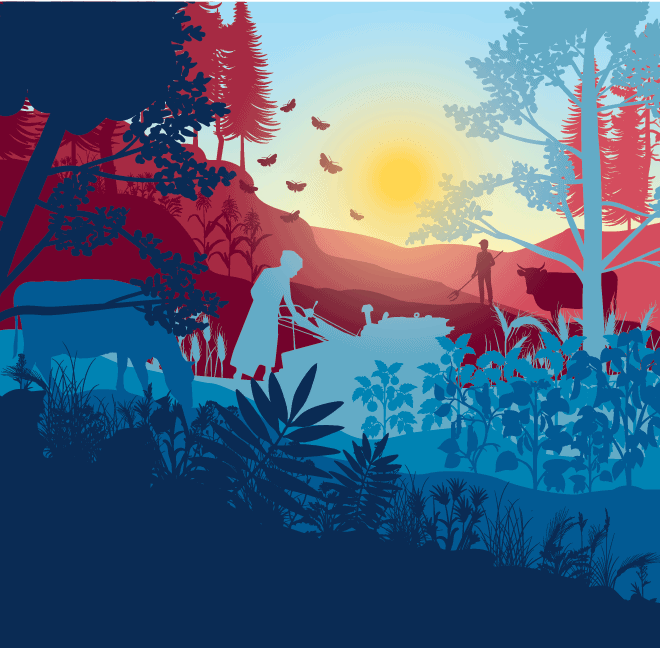 Webinar 4 brings together scientists working at the intersection of environmental, human, and animal health. In this session, the experts will examine plant health and agriculture from a “One Health” approach — a collaborative, multisectoral, and transdisciplinary perspective that recognizes the health of people, animals, plants, and their environments as all closely connected. In this approach, agricultural practices and plant health outcomes both are determined by, and contribute to, ecological, animal, and human health.
Webinar 4 brings together scientists working at the intersection of environmental, human, and animal health. In this session, the experts will examine plant health and agriculture from a “One Health” approach — a collaborative, multisectoral, and transdisciplinary perspective that recognizes the health of people, animals, plants, and their environments as all closely connected. In this approach, agricultural practices and plant health outcomes both are determined by, and contribute to, ecological, animal, and human health.